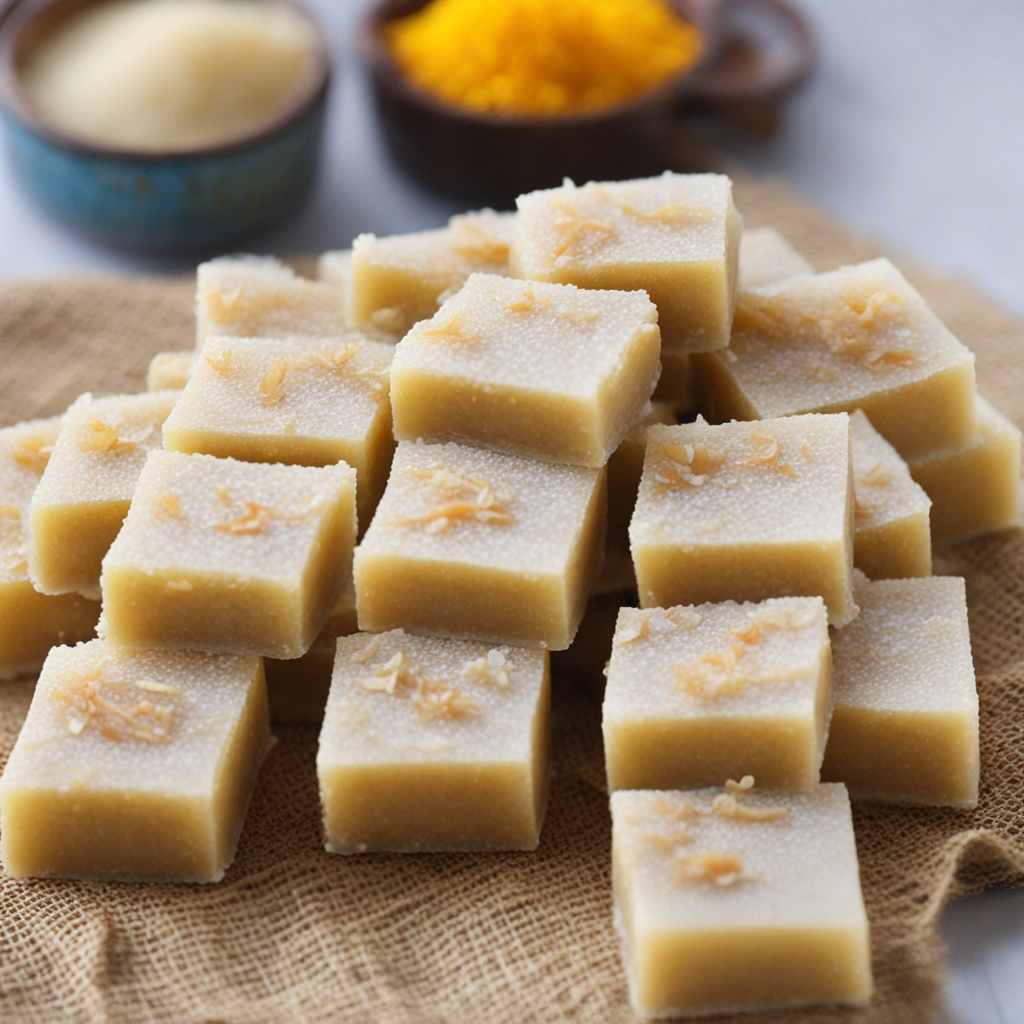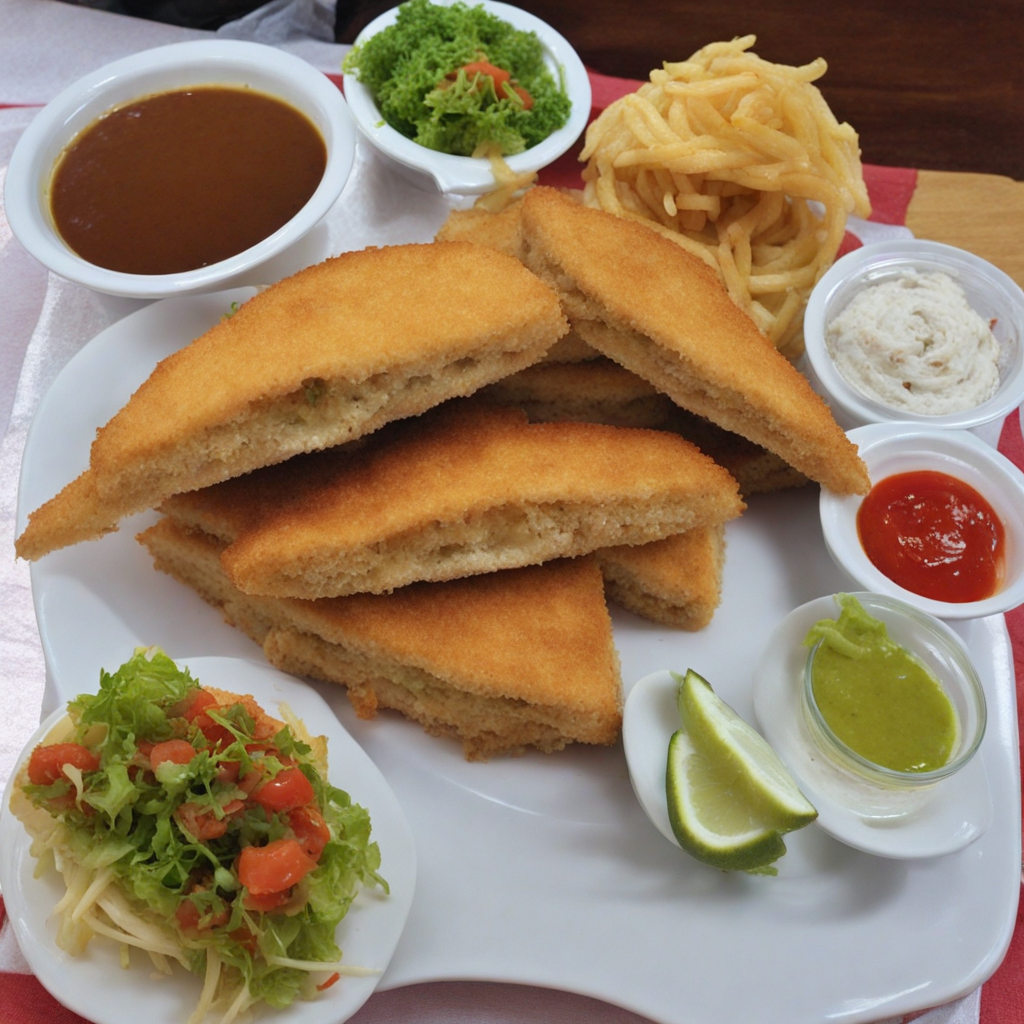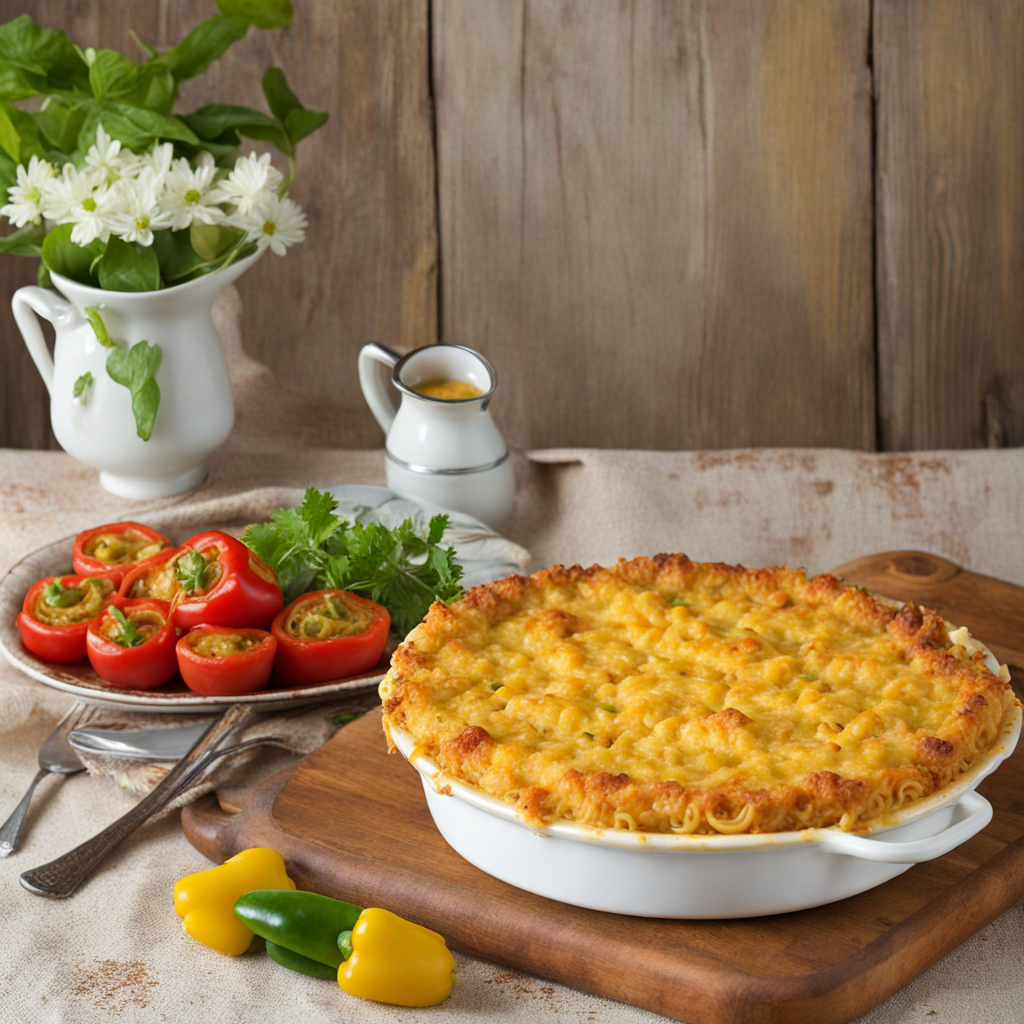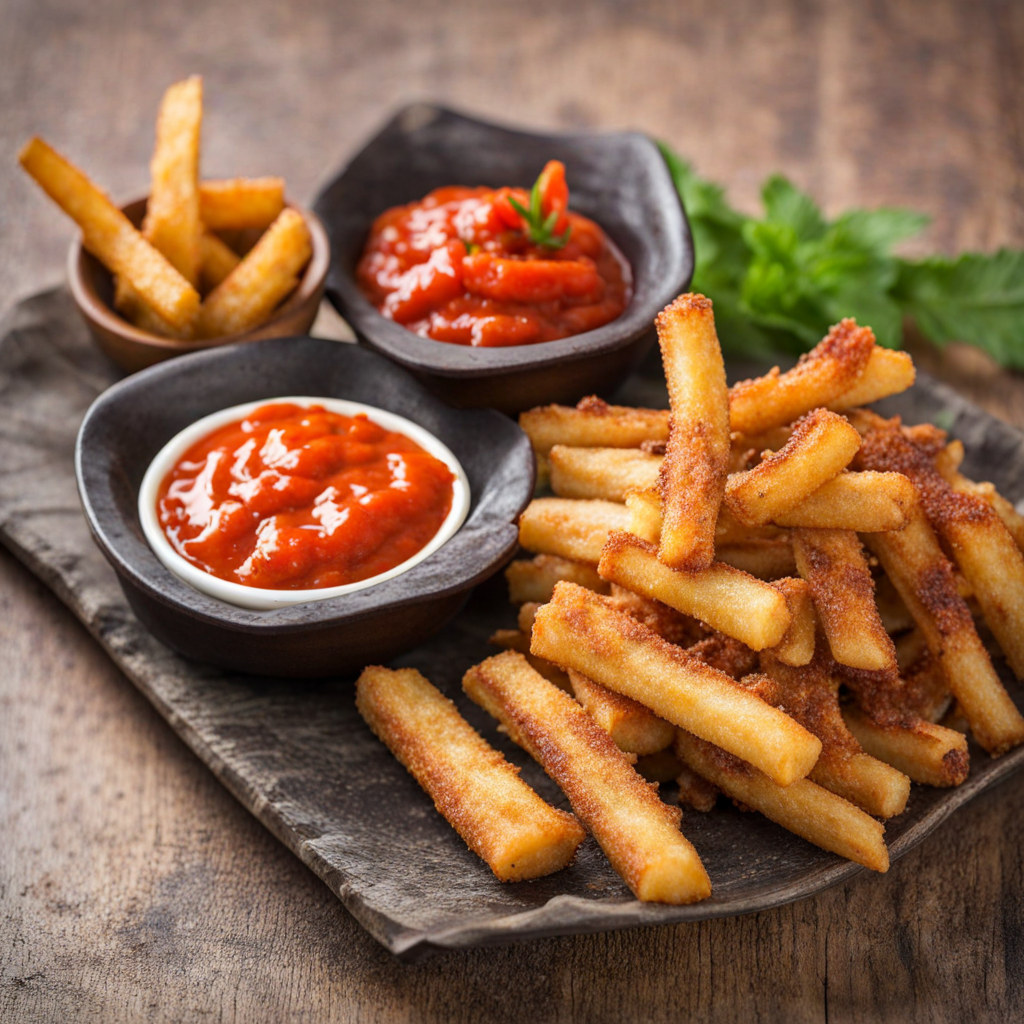Barfi
Barfi, a delectable treat hailing from Trinidad and Tobago, is a delightful fusion of Indian and Caribbean culinary traditions. This sweet confectionery is typically made from milk, sugar, and a variety of flavorings, resulting in a rich and creamy texture that melts in your mouth. The base is often prepared by simmering milk until it thickens, then combining it with sugar and cooking it down to achieve the desired consistency. The addition of ingredients like coconut, pistachios, or cardamom enhances its flavor profile, making each bite a unique experience that transports you to the vibrant streets of Trinidad and Tobago. One of the most appealing aspects of Barfi is its versatility. While the traditional versions often showcase the classic flavors of coconut or almond, modern interpretations may include tropical fruits such as mango or guava, infusing the treat with a refreshing twist. The bright colors and creative presentations make Barfi not only a taste sensation but also a feast for the eyes. It's often cut into small squares or diamond shapes, making it easy to share during festive occasions or family gatherings, adding to its appeal as a celebratory dessert. As you savor Barfi, you'll notice the beautiful balance of sweetness and creaminess, with a slight chewiness that beckons for more. The use of spices like cardamom brings warmth to the palate, while the richness of the milk creates a comforting sensation. Whether enjoyed on its own or paired with a cup of tea, Barfi is more than just a dessert; it's a culinary experience that reflects the cultural melting pot of Trinidad and Tobago, inviting you to explore its delightful layers of flavor.
How It Became This Dish
Barfi: A Sweet Legacy of Trinidad and Tobago Barfi, a delightful sweet treat, is often associated with the vibrant culture of Trinidad and Tobago, a twin-island nation in the Caribbean known for its rich blend of ethnicities, traditions, and culinary influences. The history of barfi in this region is a fascinating tapestry that weaves together elements of Indian heritage, colonial legacy, and local innovation, making it not just a dessert but a symbol of cultural identity and community. Origins: A Sweet Journey from India Barfi, whose name is derived from the Persian word "barf," meaning snow, is believed to have originated in the Indian subcontinent. It is traditionally made from milk, sugar, and various flavorings, and comes in a variety of forms, including coconut, pistachio, and almond. The confection gained prominence during festive occasions and celebrations in India, where it was often prepared for weddings, Diwali, and other significant events. The arrival of Indian indentured laborers in Trinidad in the 19th century marked a pivotal moment in the history of barfi. Following the abolition of slavery in 1834, the British colonial government sought labor to work on sugar plantations, leading to the importation of indentured laborers from India between 1845 and 1917. This migration brought with it a wealth of culinary traditions, including the art of making barfi. Cultural Significance: A Symbol of Community and Celebration In Trinidad and Tobago, barfi evolved beyond its Indian origins to become a beloved treat enjoyed by people of all backgrounds. It is particularly significant during Hindu festivals such as Diwali, where it is not only a popular dessert but also a means of honoring guests and sharing joy. Barfi has become a symbol of hospitality and generosity, often served during communal gatherings and family celebrations. The sweet treat also plays an important role in the festivals of other ethnic groups within Trinidad and Tobago. For instance, during Christmas, it is common to find variations of barfi alongside other traditional sweets, reflecting the island’s multicultural identity. The making of barfi often brings families together, with recipes being passed down through generations, thus reinforcing family bonds and cultural heritage. Development Over Time: An Evolving Recipe As the years have passed, the recipe and preparation of barfi in Trinidad and Tobago have evolved, melding traditional Indian techniques with local ingredients and tastes. While the basic components remain similar—milk and sugar—many Trinidadians have experimented with flavors and textures, creating unique variations that reflect the islands' diverse culinary landscape. One popular variation is coconut barfi, which uses grated fresh coconut combined with condensed milk and sugar. This version highlights the abundance of coconut in the Caribbean and the local preference for rich, creamy desserts. Other adaptations may include additional ingredients like rum or spices such as nutmeg, which are emblematic of Trinidadian cuisine. The incorporation of local flavors demonstrates how barfi has been embraced and reinterpreted by different communities within Trinidad and Tobago. Moreover, the aesthetics of barfi have also evolved. Traditionally, barfi is cut into diamond or square shapes and often garnished with nuts or edible silver leaf for a touch of elegance. In contemporary Trinidad, vibrant colors and creative presentations have become popular, making barfi not only a treat for the taste buds but also a feast for the eyes. Barfi in Modern Trinidad and Tobago: A Culinary Icon Today, barfi holds a special place in the hearts of Trinidadians and Tobagonians. Its ubiquitous presence at celebrations, from weddings to birthday parties, underscores its importance as a cultural icon. Bakeries and sweet shops across the islands proudly feature barfi on their menus, showcasing the diversity of flavors and styles available. The globalization of food culture has also impacted the way barfi is perceived and enjoyed. With the rise of social media and food blogging, traditional sweets like barfi have gained international attention, drawing interest from food enthusiasts around the world. In Trinidad, barfi-making workshops and cooking classes have emerged, allowing younger generations to connect with their cultural roots while also appealing to tourists seeking authentic culinary experiences. Barfi’s journey from a traditional Indian sweet to a beloved Caribbean delicacy exemplifies the dynamic nature of food culture. It serves as a reminder of the shared history of the Indian diaspora and the rich, multicultural tapestry of Trinidad and Tobago. Each piece of barfi tells a story—of migration, adaptation, and the enduring bond of community that transcends borders. Conclusion: A Sweet Future As Trinidad and Tobago continue to navigate the complexities of modern life, barfi remains a sweet symbol of resilience and cultural pride. Its evolution mirrors the islands’ journey through history—a blend of tradition and innovation that reflects the diverse influences shaping Trinidadian identity. In a world that often feels fragmented, the shared enjoyment of barfi can bring people together, fostering connections and celebrating the rich tapestry of life in Trinidad and Tobago. Whether enjoyed during a festive occasion or a casual gathering, barfi is more than just a dessert; it is a cherished cultural artifact that embodies the spirit of a community that honors its past while looking toward a vibrant future. As new generations take up the mantle of barfi-making, the sweet legacy will undoubtedly continue to evolve, ensuring that this beloved treat remains a vital part of Trinidad and Tobago's culinary heritage for years to come.
You may like
Discover local flavors from Trinidad And Tobago







